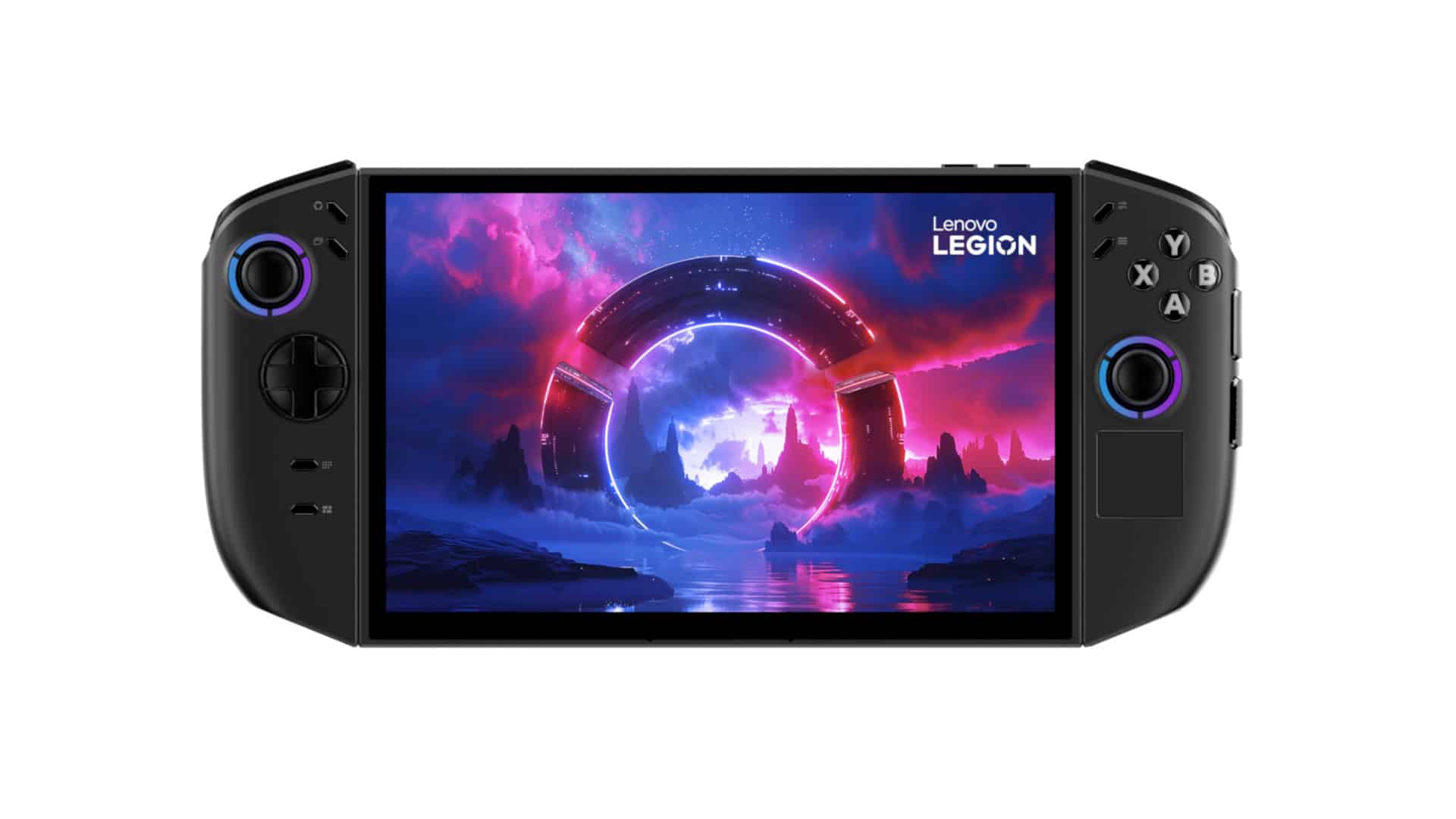PS5 Pro Could Extend Console Generation Until 2029 with FSR 4 Update

Industry insiders suggest Sony’s PS5 Pro may extend the current console generation until 2029, thanks to an upcoming FSR 4 update through Project Amethyst – a collaboration between Sony and AMD.
This AI-driven initiative aims to revolutionize console performance through machine learning optimizations.
Key Technical Details: Project Amethyst: AI-powered performance enhancementsFSR 4: Major improvements in upscaling and frame rate stability
Industry Impact: This potential delay of PS6 development gives developers extended optimization time while establishing new AI performance benchmarks for consoles.
The FSR 4 implementation could particularly benefit 4K/120Hz gaming experiences.
Lenovo Legion Go 2 Prototypes Surface With Premium Specs

Leaked prototypes of the Lenovo Legion Go 2 handheld gaming device have emerged in China, featuring specifications that position it as a premium competitor to Steam Deck and ASUS ROG Ally.
Notable Specifications: Memory: 32GB LPDDR5X-7500, Storage: 2TB M.2 SSD, Display: 8.8″ WUXGA (1920×1200) OLED at 144Hz
Market Analysis: The combination of high-capacity memory, massive storage, and high-refresh OLED display suggests Lenovo is targeting both hardcore gamers and mobile content creators.
The 144Hz refresh rate could set a new standard for handheld gaming visuals.
UNISOC Launches T7300 SoC for Mobile Gaming

UNISOC has introduced its flagship T7300 SoC, featuring the proprietary Miracle Gaming Engine that delivers stable 90Hz performance for popular mobile titles.
Technical Highlights: Optimized for PUBG Mobile and Genshin Impact, Flagship 4G chipset architecture
Industry Perspective: This release challenges Qualcomm and MediaTek’s dominance in budget/mid-range gaming phones, potentially making high-frame-rate mobile gaming more accessible.
The stable 90Hz performance could redefine expectations for non-5G gaming devices.
Nvidia Rubin GPU Architecture Teased for 2026
Social media reports indicate Nvidia’s Rubin GPU architecture will enter mass production in late 2025 for early 2026 launch.
Meanwhile, AMD is developing UDNA/RDNA 5, potentially merging gaming and compute architectures.
Technical Implications: Rubin promises significant efficiency gains, AMD’s unified architecture approach could streamline development.
Market Outlook: 2026 appears poised for major GPU advancements, with both companies leveraging architectural innovations to push performance boundaries.
The focus on unified architectures suggests growing convergence between gaming and professional workloads.
2026 Hardware Landscape Preview
Industry forecasts highlight significant advancements across processors, GPUs, memory systems, and AI integration for 2026.
Emerging Trends: AI-enhanced hardware becoming standard Higher refresh rate monitor adoption, Advanced cooling solutions for compact devices
Analyst Perspective: The coming year may represent an inflection point where AI optimization becomes fundamental to hardware design, while display and thermal technologies evolve to support increasingly powerful components.
 Kascards
Kascards



